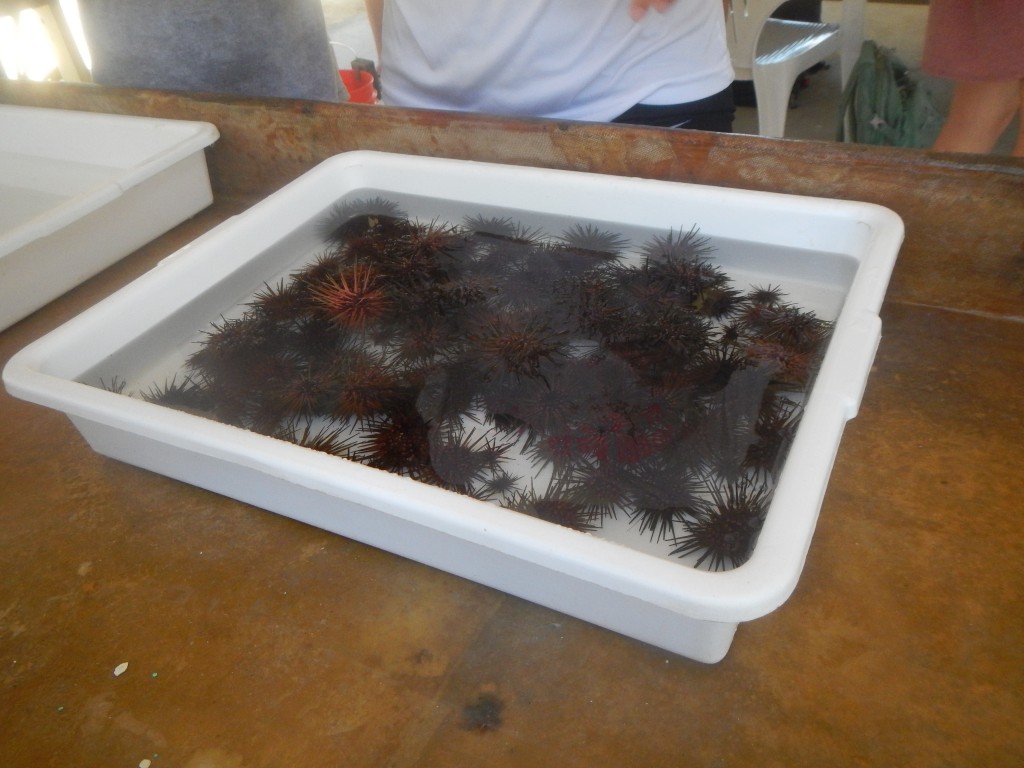Today checked two more things off my Belize wishlist—sharks and rays. We had seen some smaller stingrays around but today, snorkeling on the fore-reef, we saw a huge spotted eagle ray gliding underneath us. Then, during our drift snorkel a nurse shark came and swam under us three separate times. It was a dream come true. We also had the opportunity to see the stag horn and elk horn corals that have been mostly destroyed over the last decade. There have been so many times during this trip that I was blown away by the things we have gotten to see or do. Truly a once in a lifetime opportunity.
The first two snorkel excursions were a little too deep for me to find many annelids but on our short trip out to the back-reef I found three split crown feather dusters. There were also spaghetti worms buried into cracks and crevices all over the place. There has been fire coral fairly evenly dispersed over every reef we’ve been to, both the branching and bladed formations. Looking forward to more christmas tree worms!
Sophia Streeter
5/28

















